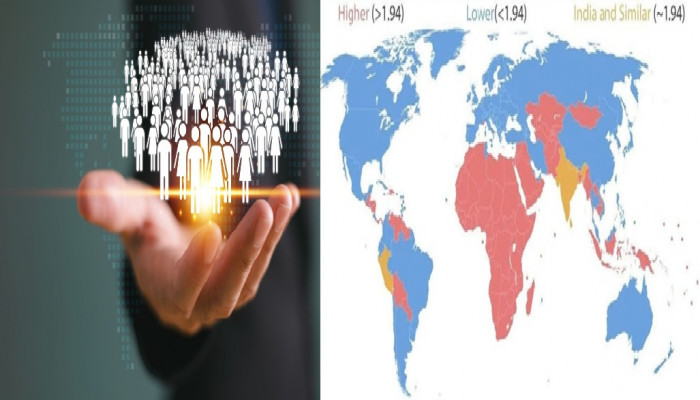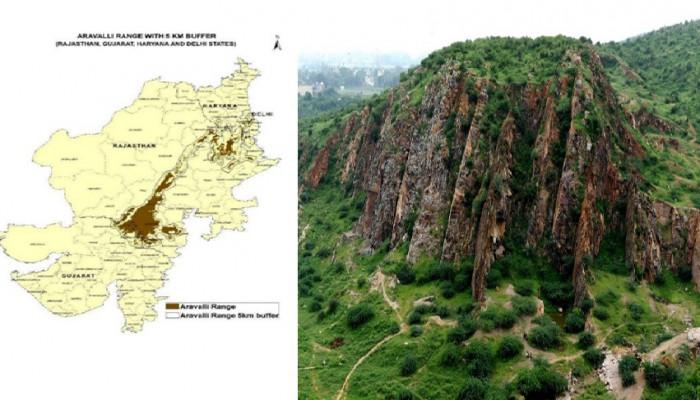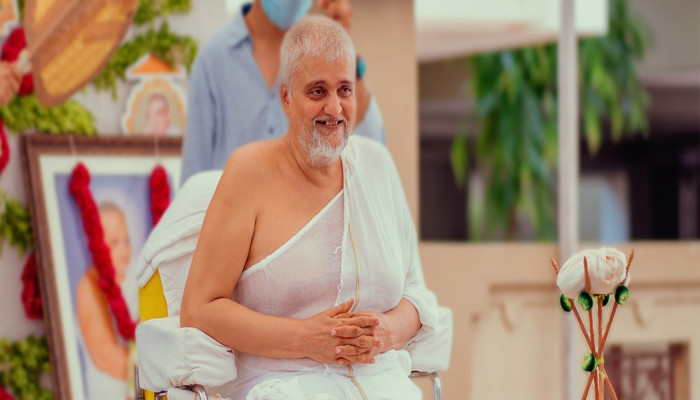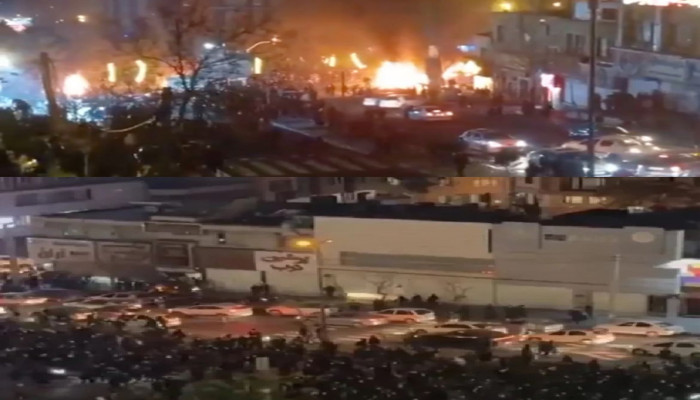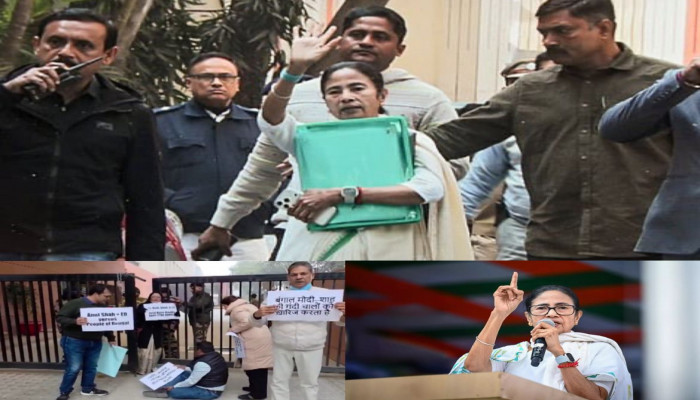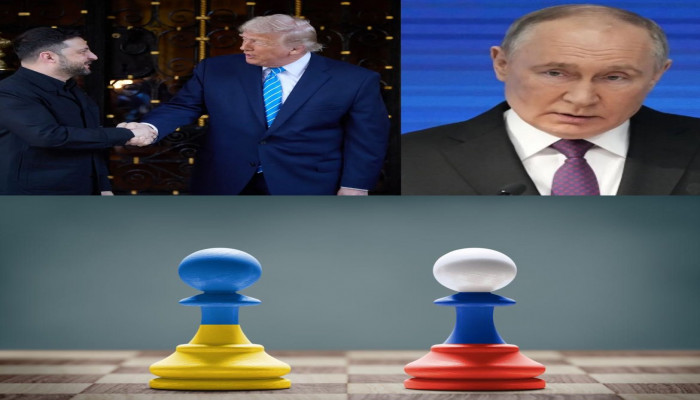- Jan 06, 2026
- Dr Ryan Baidya
Featured Articles
The Incorruptible Calendar: How Ancient Cultures Used the Stars to Date-Stamp History
Historical records are fragile things. Papyrus turns to dust, libraries burn, and even inscriptions carved in stone are erased by time. Ancient cultures understood this vulnerability and discovered a "backup drive" that no human hand could alter and no passage of time could erase: the solar system itself. By meticulously recording the positions of the sun, moon, and planets against the backdrop of specific stars at the exact moment of a major event, these cultures created an astronomical date-stamp, an incorruptible backup of their history. This article explains why and how ancient civilisations used the sky as a cosmic clock. We will explore examples from around the world and see how this powerful method can reveal hidden connections between major historical events, transforming our understanding of the past. These ancient techniques reveal that the heavens were not just a source of wonder, but a permanent record of human achievement. Why Use the Stars? The Logic of the Cosmic Clock Ancient civilisations turned to the sky for timekeeping for three fundamental reasons, each blending practicality with profound belief. Uniqueness and Permanence: Because each planet moves at a different speed, a specific alignment—such as Jupiter in one constellation, Saturn in another, and a solar eclipse occurring simultaneously—is statistically rare. Some configurations repeat only once every several thousand years, creating a unique "fingerprint" for a moment in time. Unlike scrolls or monuments, the stars cannot be destroyed by war, fire, or flood. A "Cloud" Backup & Retro-Calculation: The sky serves as a permanent, accessible record. If an ancient text describes a celestial alignment, modern astronomers can use a technique called retro-calculation. By inputting the data into planetary software, they can "rewind" the sky to find the exact day that a specific alignment occurred, much like using a film's timecode to find a specific frame. Divine Validation: In many cultures, the heavens reflected the will of the gods. An astronomical date-stamp was more than just a record of time; it was proof that an event—a king's coronation, a battle, or the founding of a dynasty—was cosmically sanctioned and divinely approved. These principles were not confined to a single culture but were applied across the globe, creating a universal language for marking history. A Global Tradition: Date-Stamps from Around the World From the epics of India to the royal annals of China, cultures worldwide independently developed methods of astronomical date-stamping. Ancient India: The "Astronomical DNA" of Epics Indian texts like the Ramayana and Mahabharata are famous for embedding their timelines using "astronomical DNA." Instead of the 12 zodiac signs, they used the 27 Nakshatras (lunar mansions)—a more precise, star-based division of the sky that tracks the Moon's rapid movement. The Birth of Rama in the Ramayana is a prime example. The text describes the specific planetary positions at the moment of his birth: the Sun in Aries, Saturn in Libra, Jupiter in Cancer, Venus in Pisces, and Mars in Capricorn. Using modern planetary software to find this unique alignment, researchers like Nilesh Oak have calculated a precise date of November 29, 12240 BCE. Babylonia: The First Data Scientists of the Sky The Babylonians were the world's first data scientists of the sky. They maintained meticulous Astronomical Diaries that recorded planetary movements and celestial events alongside political news and the price of grain. A famous example is the Death of Alexander the Great. Babylonian tablets recorded planetary positions for the year he died, including a crucial detail: an eclipse of the Moon in the constellation of Virgo. By matching this description, historians confirmed his death date with high precision as June 10/11, 323 BCE. Ancient China: The Mandate of Heaven In ancient China, celestial events were deeply tied to political legitimacy. A rare conjunction of the five visible planets (Mercury, Venus, Mars, Jupiter, and Saturn) was seen as a powerful sign that a new dynasty had received the "Mandate of Heaven." The Bamboo Annals, an ancient chronicle, record such a five-planet cluster in the constellation Quail Fire (Leo) just before the Zhou conquest of the Shang Dynasty. Modern astronomers have calculated that this rare event took place in 1059 BCE, allowing historians to date this crucial dynastic transition. The Americas: Cycles of Venus and the Moon Sophisticated timekeeping was also central to cultures in the Americas. The Mayas used their highly advanced Long Count calendar, synchronised to the cycles of Venus. Inscriptions on their stone monuments often use "Star Wars" glyphs to date-stamp battles, timing them to the appearance of Venus as the Morning Star. The Ancestral Puebloans at Chaco Canyon left records demonstrating long-term observation. The famous "Sun Dagger" petroglyph tracks not only the solstices but also the complex 18.6-year Lunar Standstill cycle, a subtle "wobble" in the moon's path, proving they were tracking time across decades. These ancient examples show the theory in practice. Now, let's apply the technique to a modern event to see its power firsthand. A Modern Demonstration: Date-Stamping the Birth of a Nation To truly understand this method, we can apply it to a well-known modern event: the birth of the United States on July 4, 1776. Using the ancient Indian Panchangam (five limbs of time) system, we can create a celestial date-stamp that would be recognisable to a Vedic sage. First, we establish the lunar calendar details for that day: Lunar Marker Position on July 4, 1776 Tithi Krishna Chaturthi (4th day of the waning moon) Nakshatra Dhanishta (The "Symphony" Star) Month Ashadha Next, we map the positions of the planets (Grahas) in the zodiac signs (Rashis). An ancient chronicler would read this as an unmistakable signature: a revolution born not of conquest, but of intellect and law. Planet (Graha) Zodiac Sign (Rashi) Significance in Ancient Astrology Sun (Surya) Mithuna (Gemini) The 'King' planet in Gemini, the sign of documents and declarations, precisely reflects the signing of the Declaration of Independence. Moon (Chandra) Kumbha (Aquarius) The mind of the people in Aquarius, the sign of collective humanity and revolutionary ideals. Jupiter (Guru) Mithuna (Gemini) The planet of Law and Wisdom aligned with the Sun, cementing the new nation's foundation in legal principle. Saturn (Shani) Kanya (Virgo) The planet of structure and discipline in Virgo, the sign of service and meticulous detail. Mars (Mangala) Mithuna (Gemini) The 'Warrior' planet in Gemini, signifying a conflict fought over ideas and principles, not just territory. Venus (Shukra) Mithuna (Gemini) The planet of agreements and values, joining a powerful four-planet cluster in the sign of communication. An ancient chronicler would summarise this unique celestial fingerprint in a format similar to a stone inscription: "In the month of Ashadha, during the Krishna Paksha (waning fortnight), on the day of Chaturthi, while the Moon dwelled in the star of Dhanishta, four great lights, the Sun, Jupiter, Mars, and Venus, assembled together in the house of the Twins (Mithuna), signaling a great upheaval of thought and the birth of a new Order." This detailed sky map is a unique signature. If all written records of 1776 were lost, a future astronomer could find this description and calculate its exact date. But can this method do more than just verify dates? Can it reveal deeper connections between historical events? From Data to Insight: The Cosmic Echoes in History The true power of astronomical date-stamping emerges when we compare the sky maps of different events. By overlaying the celestial signature for the founding of the USA (1776) with that of India's independence (August 15, 1947), we find startling "cosmic echoes" that suggest a shared thematic DNA. The 'Tithi' Connection The first clue to their shared destiny is found in the lunar cycle itself. Both nations were born on the exact same lunar day: Krishna Chaturthi, the 4th day of the waning moon. In Vedic tradition, this day is ruled by Ganesha, the "Remover of Obstacles," suggesting both events were born not from ease, but from the active removal of massive barriers—in both cases, the British Empire. The Mars 'Fingerprint' In both the 1776 and 1947 sky-maps, Mars—the planet of struggle, pioneering energy, and liberty—was located in the same star mansion: Mrigashira. Known as the "Searching Star," its symbol is a deer's head, representing a restless quest. This links both nations to a foundational DNA of pursuit—the "Pursuit of Happiness" for America and the quest for "Self-Rule" (Swaraj) for India. This comparative table highlights the key overlaps and differences, revealing a shared foundation but a unique focus. Feature 1776 Date-Stamp 1947 Date-Stamp Meaning Lunar Day Krishna Chaturthi Krishna Chaturthi Same "Obstacle-Removing" energy. Mars Position Mrigashira Mrigashira The "Pioneer/Searcher" spirit. Cluster Sign Mithuna (Gemini) Karka (Cancer) 1776: Ideas/Laws. 1947: Land/Motherland. Moon Star Dhanishta Pushya Both are stars of prosperity and "wealth." An ancient observer might conclude that these are "Brother Nations," one founded on the principle of intellect and law (Gemini), the other on emotion and the motherland (Cancer), but both bridged by a common revolutionary spirit. This connection becomes even clearer when we add a third historical event to the timeline. The Incorruptible Narrative: A Trilogy of Events Adding the date-stamp for the end of World War II (September 2, 1945) transforms the story of these two democracies into a three-part historical narrative. The key astronomical feature of this day is the Moon's position in the Nakshatra of Punarvasu, a star whose name literally means "the Return of the Light" or "becoming good again." This creates an extraordinary Punarvasu link that synthesises the Indian cultural context with global history. Punarvasu is the birth star of Bhagwan Rama, symbolising the victory of Dharma (justice) over chaos. In 1776, Jupiter, the planet of Justice and Law, was in Punarvasu. In 1945, the Moon, representing the global collective consciousness, was in Punarvasu. An ancient scholar would read this as a complete narrative: the principle of justice (Dharma) established in 1776 was finally restored to the world's consciousness in 1945. When viewed together, the three events form a coherent trilogy, best seen in this master chronology. Feature The Birth of the USA (July 4, 1776) End of World War II (Sept 2, 1945) The Birth of India (Aug 15, 1947) Lunar Day (Tithi) Krishna Chaturthi (4th) Ekadashi (11th) Krishna Chaturthi (4th) Lunar Star (Nakshatra) Dhanishta (The Drum) Punarvasu (Return of Light) Pushya (The Flower) Mars Position Mrigashira (The Hunt) Ardra (The Storm) Mrigashira (The Hunt) Primary Theme The Quest for Liberty The Restoration of Order The Awakening of the Land The Gregorian calendar gives us a sequence—'76, '45, '47. The incorruptible calendar gives us a story: a principle of liberty is born (1776), the world fights to preserve it (1945), and that principle is then seeded anew in another part of the world (1947). Conclusion: A Science of Cycles The ancient practice of astronomical date-stamping offers far more than a novel way to tell time. Its benefits are concrete and profound. Verification: It allows us to match ancient textual records to the unchangeable mathematics of the heavens, turning myth into verifiable history. Thematic Insight: It reveals the symbolic "character" of an event, providing a deeper layer of contextual understanding that a simple date cannot. Cross-Cultural Linkages: It provides a universal language for history, allowing us to see how seemingly unrelated events, separated by centuries and continents, share the same cosmic timing. The ancients didn't just tell stories; they encrypted their history into the clockwork of the universe. By accessing this celestial record, we are doing more than verifying dates; we are restoring a lost layer of meaning. We are reading the "metadata" of history that its authors encoded for posterity. This method transforms the study of the past from a series of random events into a science of cycles, revealing a deliberate orchestration written in the stars.- Jan 05, 2026
- Mukul Asher




